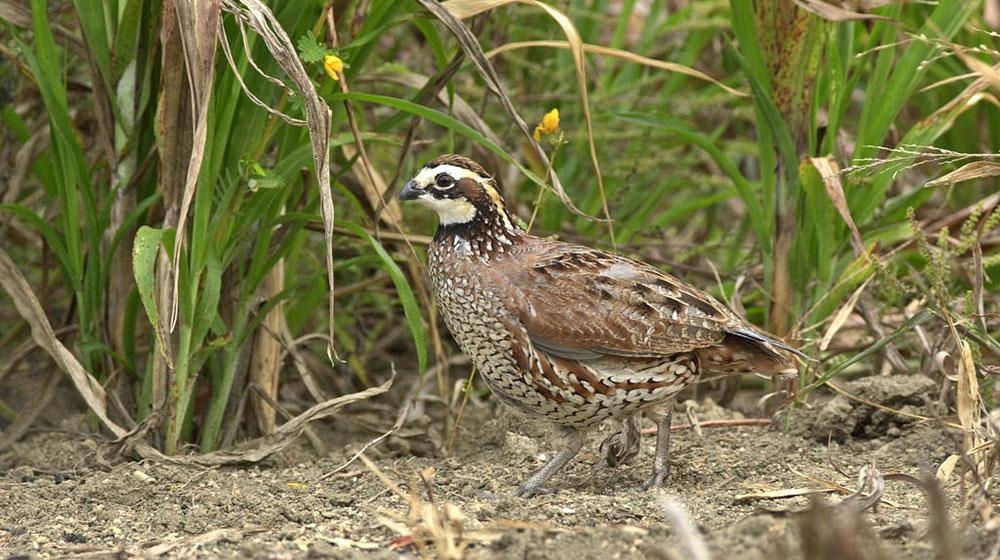Northern Bobwhite Quail
Northern Bobwhite are considered by many to be the premier game bird, and many enjoy hearing the familiar bobwhite whistle in the late spring and early summer.
Bobwhite populations reached peak numbers in the mid-to-late 1940's in Mississippi and were high through the early 1970's. Over the last 30 years, however, our quail population has dropped by more than 70 percent to historically low levels. The decline can be attributed to many causes including predators, diseases, parasites, pesticides, and other factors. While all of these may affect quail, the most significant cause of population decline has been loss of quality habitat.
There is a direct cause and effect relationship between changes in land use and this population decline. Ideal habitat consists of a balanced mixture of bare ground, native clump grasses, annual weeds, woody cover, and seeds and insects for food. Imported pasture grasses, clean farming, and reforestation to dense tree stands are some of the land-use changes that are negatively impacting quail populations.
Bobwhite quail can be produced successfully in Mississippi. Landowners who have made the necessary habitat improvements are enjoying 15-covey days!



